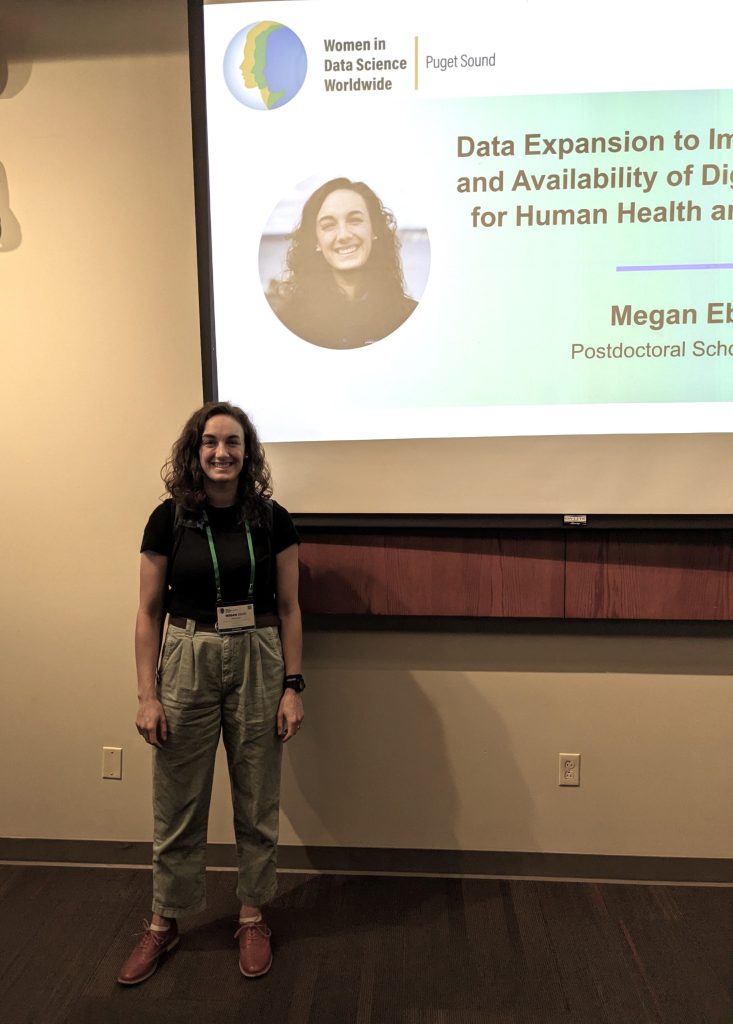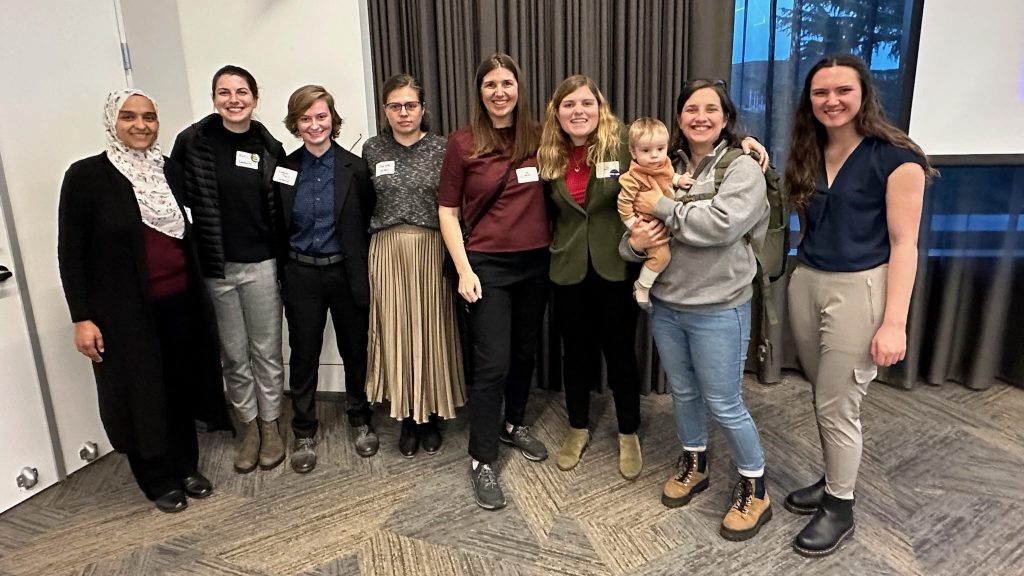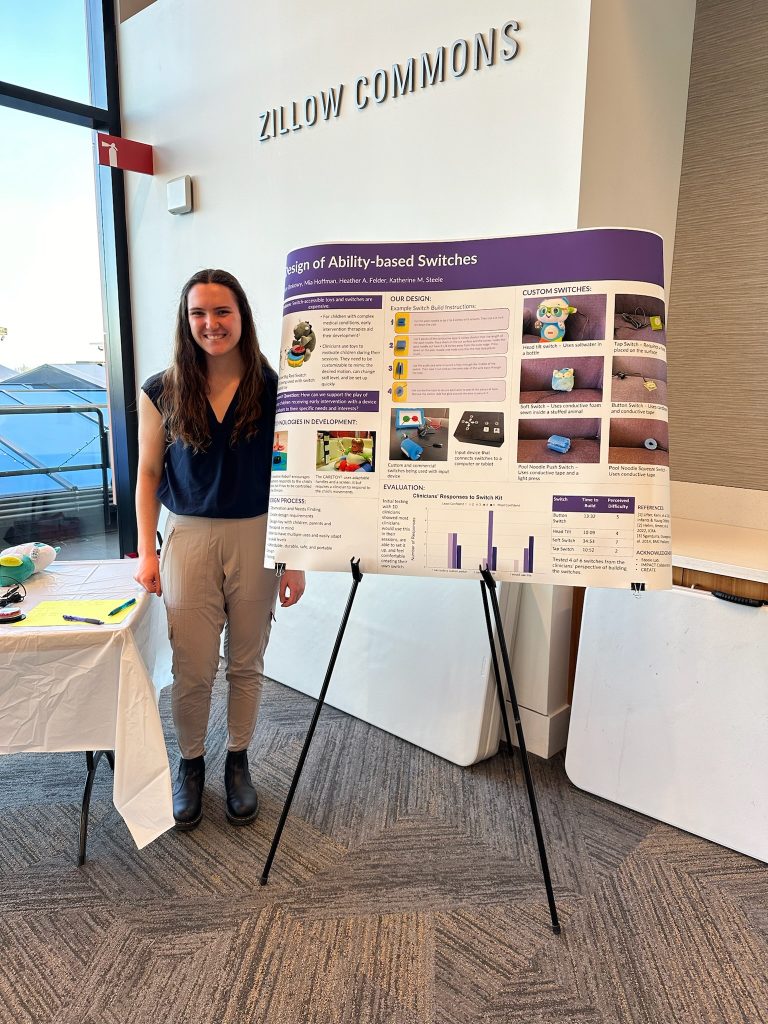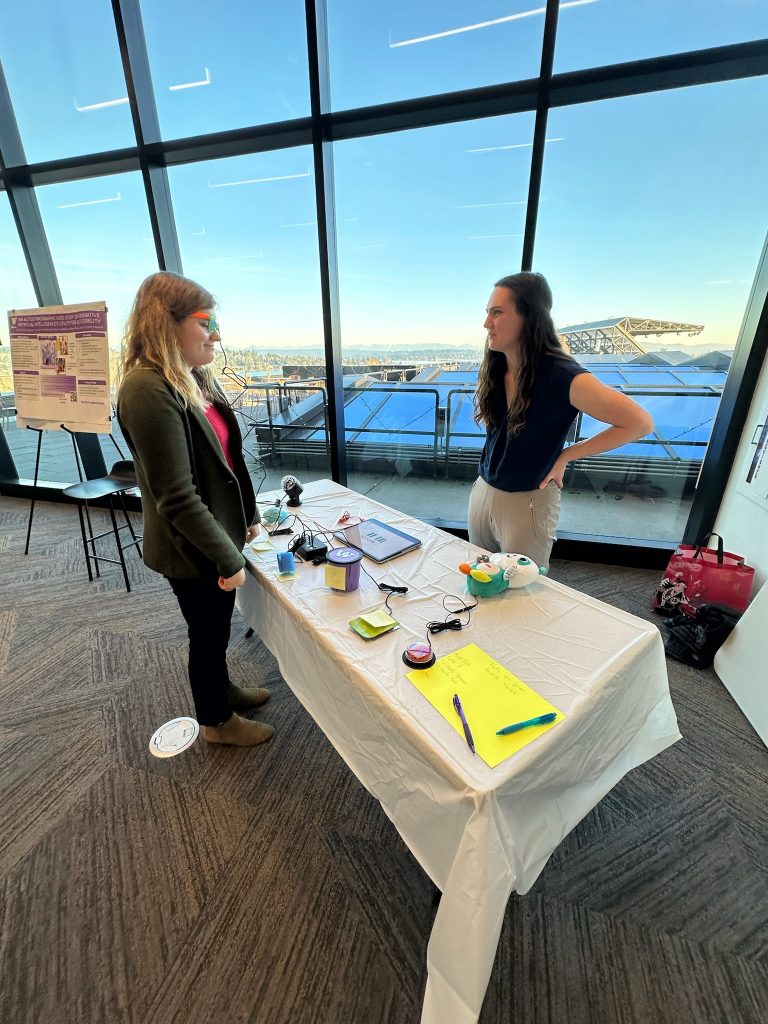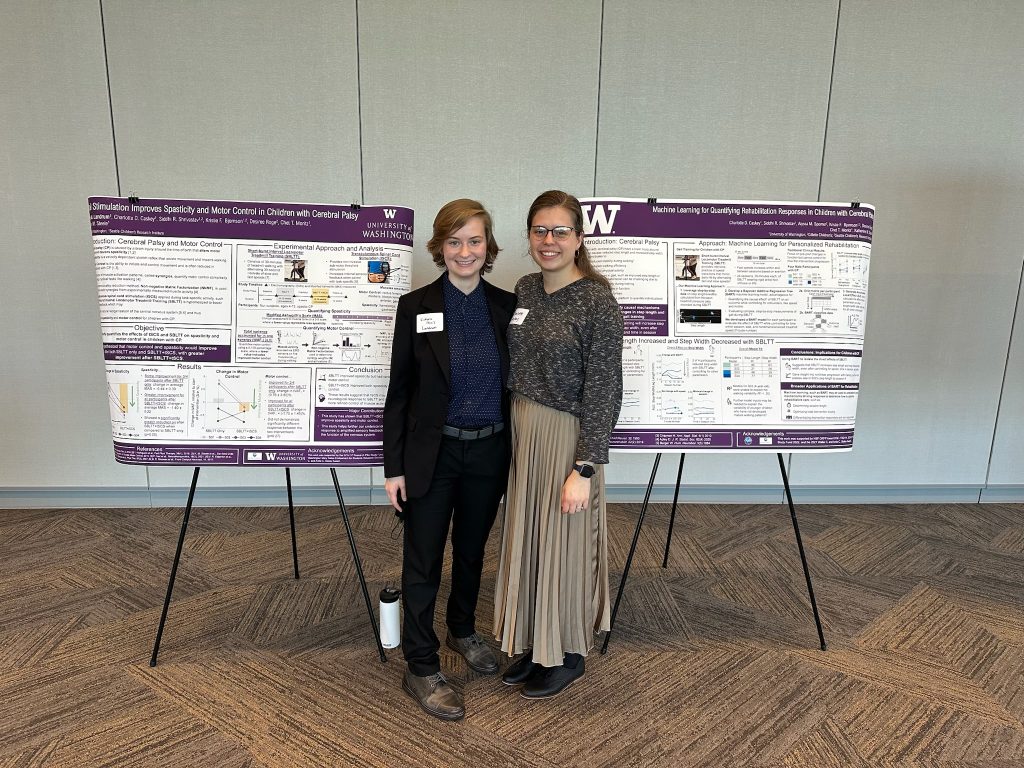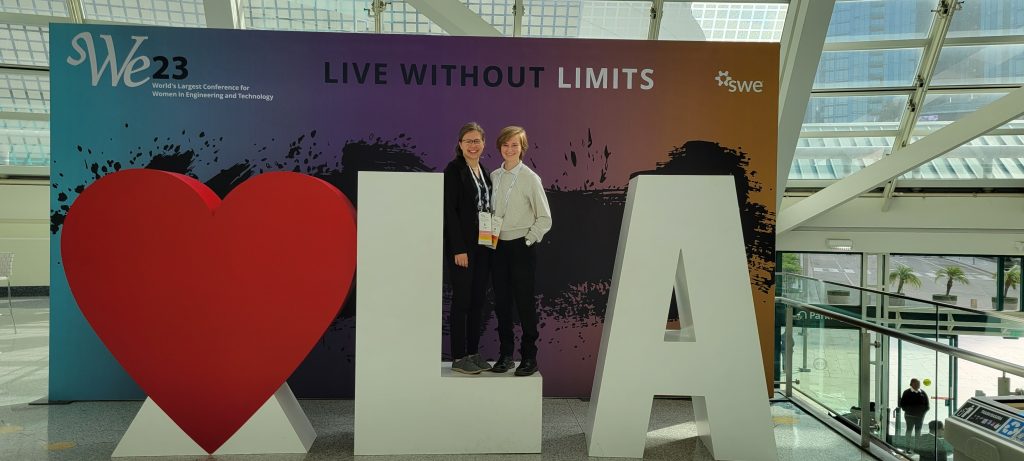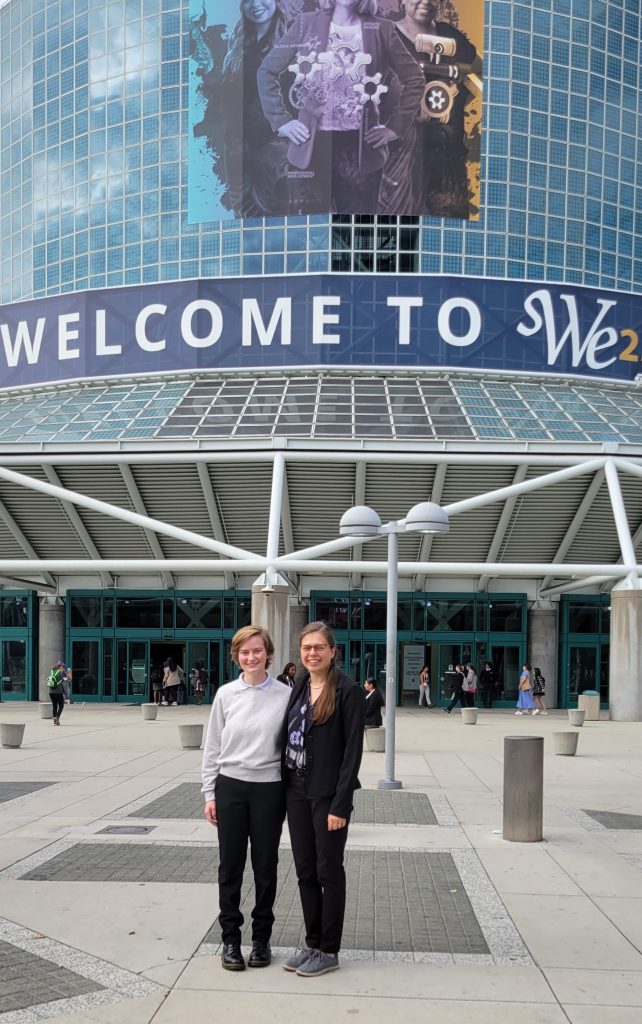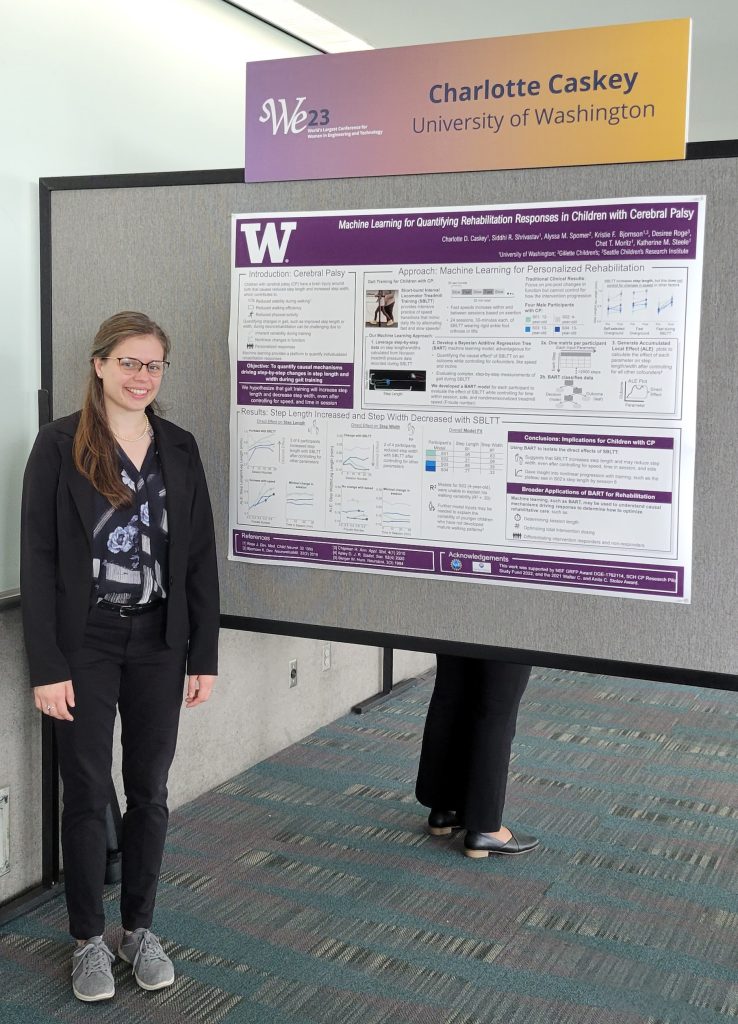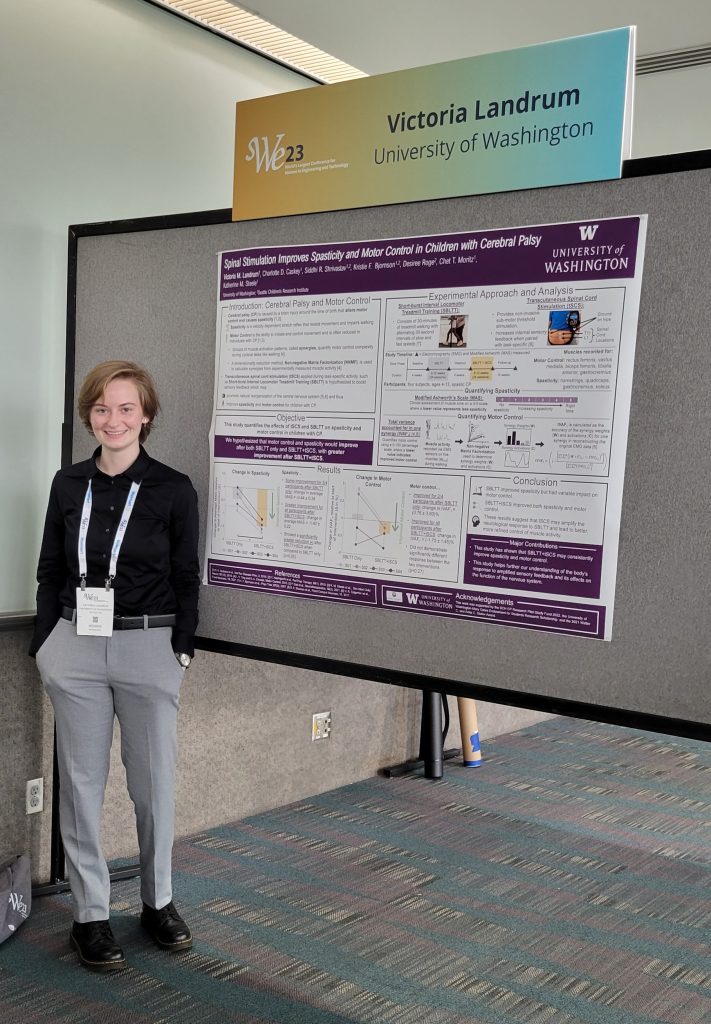Steele lab member and postdoctoral scholar, Megan Ebers, was featured in the Winter 2024 UW Data Science Seminar series. You can watch her full presentation on “Mobile sensing with shallow recurrent decoder networks” linked HERE on UW eScience Institute’s YouTube channel.
Abstract: Sensing is a fundamental task for the monitoring, forecasting, and control of complex systems. In many applications, a limited number of sensors are available and must move with the dynamics, such as with wearable technology or ocean monitoring buoys. In these dynamic systems, the sensors’ time history encodes a significant amount of information that can be extracted for critical tasks. We show that by leveraging the time-history of a sparse set of sensors, we can encode global information of the measured high-dimensional system using shallow recurrent decoder networks. This paradigm has important applications for technical challenges in climate modeling, natural disaster evaluation, and personalized health monitoring; we focus especially on how this paradigm has the potential to transform the way we monitor and manage movement-related health outcomes.
Bio: Megan Ebers is a postdoctoral scholar in applied mathematics with UW’s NSF AI Institute in Dynamic Systems. In her PhD research, she developed and applied machine learning methods for dynamics systems to understand and enable human mobility. Her postdoctoral research focuses on data-driven and reduced-order methods for complex systems, so as to continue her work in human-centered research challenges, as well as to extend her research to a broader set of technical challenges, including turbulent flow modeling, natural disaster monitoring, and acoustic object detection.









